According to Dai Nam Nhat Thong Chi , in a mountain branch of the Truong Son range jutting out into the sea, in Hoi Khanh village, My Hoa commune, Phu My district (Binh Dinh), there is a rocky mountain named Ly Thach. Halfway up the mountain is the famous Thach Coc Tu (Stone Cave Pagoda), later also known as Thien Sanh Thach Tu (Heaven Born Stone Pagoda). However, people often call this place Hang Pagoda.
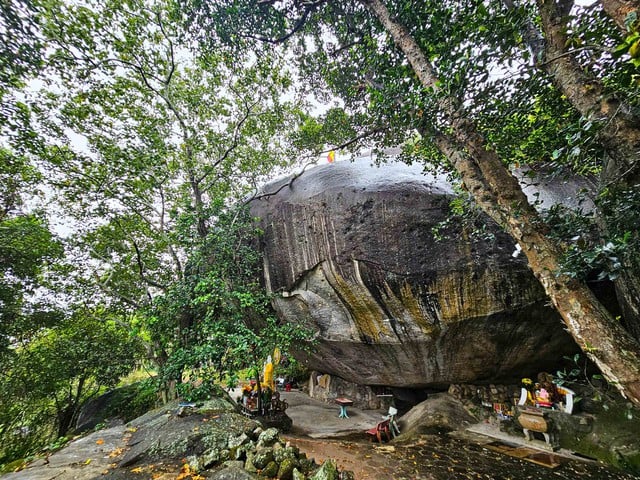
Hang Pagoda in Hoi Khanh village, My Hoa commune, Phu My district
PHOTO: HAI PHONG
It is called a pagoda because there is an abbot and a Buddha altar placed solemnly in the middle of the cave, but in fact Hang Pagoda is a natural beauty spot, a cave that has existed since ancient times, later chosen by ancient people as a place to practice.
SACRED PLACE BETWEEN STONES AND SKY
Li Thach Mountain is located in the middle of vast rice fields, interspersed with lush green gardens. Following the winding, zigzag path, created from naturally undulating stone steps, visitors will come to a small, uneven yard, located halfway up the mountain, which is the cave entrance. The cave faces east. Right above the entrance is a large, curved rock like a turtle's back, flat on the underside, nearly 2 m thick, more than 10 m long, protruding 5 - 6 m forward, forming a natural roof.
Also according to Dai Nam Nhat Thong Chi , Hang Pagoda has 15 square "stone tables", each with stone steps. Above the cave is a hole leading to the mountainside, below is a path to Bac Ho Pagoda. Going deeper into the cave, the space opens up with a width of about 5 m and a depth of about 20 m, creating a feeling of both grandeur and tranquility. The Buddhist altar is placed solemnly in the middle of the cave, making this space a solemn Buddhist hall.
In front of the altar, there is a small branch of the cave leading down below. Folklore has it that this branch of the cave leads to the sea. Locals say that someone once dropped a carved dried coconut into the branch of the cave, which then floated to the edge of the sea, as proof of this oral tradition.
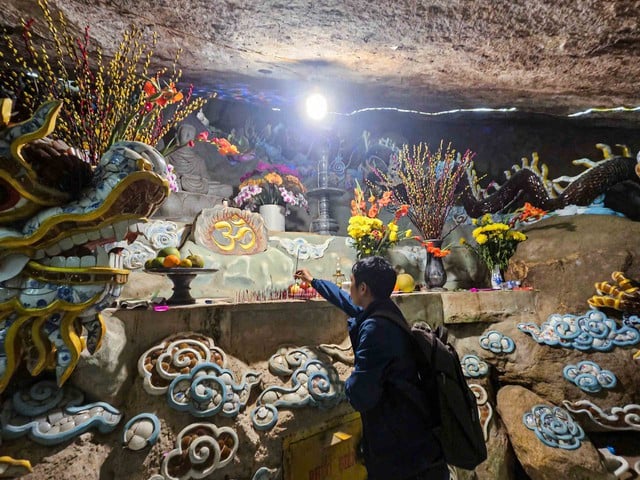
Tourists come to Hang Pagoda to burn incense and pray for peace.
PHOTO: HAI PHONG
Behind the altar, the cave gets narrower as you go deeper, until you reach a section just wide enough for one person to squeeze through, leading to the top of the mountain. If you want to enjoy the majestic scenery, you can climb up to the stone roof in front of the cave to look out in all four directions: undulating rocky mountains, vast fields, immense sea, and vast sky and earth.
Following the instructions of the locals, we crossed the winding rocky slopes to reach the large rock, the natural shelter of Hang Pagoda. From this location, halfway up the mountain, we could enjoy a panoramic view of the natural landscape below.
There are two paths in the cave: one up the mountain, one down to the sea, both giving off a strange feeling. But if you want to "climb the mountain to enjoy the view", you have to go out of the cave, climb up the turtle-shaped rock to see all around.
FOUNDING SON UNDER THE NGUYEN LORDS?
According to Venerable Thich Nhuan Tin, abbot of Hang Pagoda, folk legend holds that the pagoda was founded in 1613, under the reign of Lord Nguyen Phuc Nguyen. However, there is currently no historical data to confirm this time. Official records only clearly state that the pagoda existed around the end of the 19th century and the beginning of the 20th century. In 1896, monk Tra Ban became abbot. He was well-versed in Buddhist scriptures and was good at medicine. During his time practicing Buddhism, monk Tra Ban traveled to neighboring areas to treat and save people, and at the same time collected information and supported Tran Cao Van's army during the period when the Binh Dinh - Phu Yen mountains were used as a base to fight against the French colonialists.
Regarding the history of the formation and development of Hang Pagoda, according to Venerable Thich Nhuan Tin, from 1896 to 1968, the pagoda was managed by abbots such as monk Tra Ban, monk Nguyen Luong (popularly known as Mr. Thien Sanh), monk Giac Luong and monk Tu Ho. From 1968 to 2010, the pagoda was looked after and burned incense by Mrs. Tu and her children.
In August 2010, Venerable Thich Nhuan Tin was appointed abbot of the pagoda. From here, Hang Pagoda began to build more structures at the foot of the mountain to serve the religious needs of local people as well as tourists from all over the world who come to visit and sightsee.
Along with the deep blue Hoi Khanh Lake, the winding Truong Gia Van Pass in the middle of the forest and the historical relics of My Hoa region, Hang Pagoda is gradually emerging as a unique spiritual highlight in the eco-cultural tourism picture of Phu My District.
According to Mr. Le Van Lich, Chairman of Phu My District People's Committee, the locality has planned to develop short-term eco-tourism, resort and exploration around Hoi Khanh Lake, a natural space of nearly 70 hectares. In this orientation, destinations such as Hang Pagoda, the relic of patriot Bui Dien, Hon Che Mountain - Women's Clinic (former resistance base of Zone 5) will be connected into a "heritage belt" in the western region of Phu My.
"We expect My Hoa commune to become the district's eco-cultural tourism center, where visitors can both enjoy pristine nature and listen to historical stories imprinted on every cliff and every pagoda roof," Mr. Lich shared. (to be continued)
Source: https://thanhnien.vn/chua-hang-ve-dep-huyen-bi-giua-long-nui-185250523233229396.htm


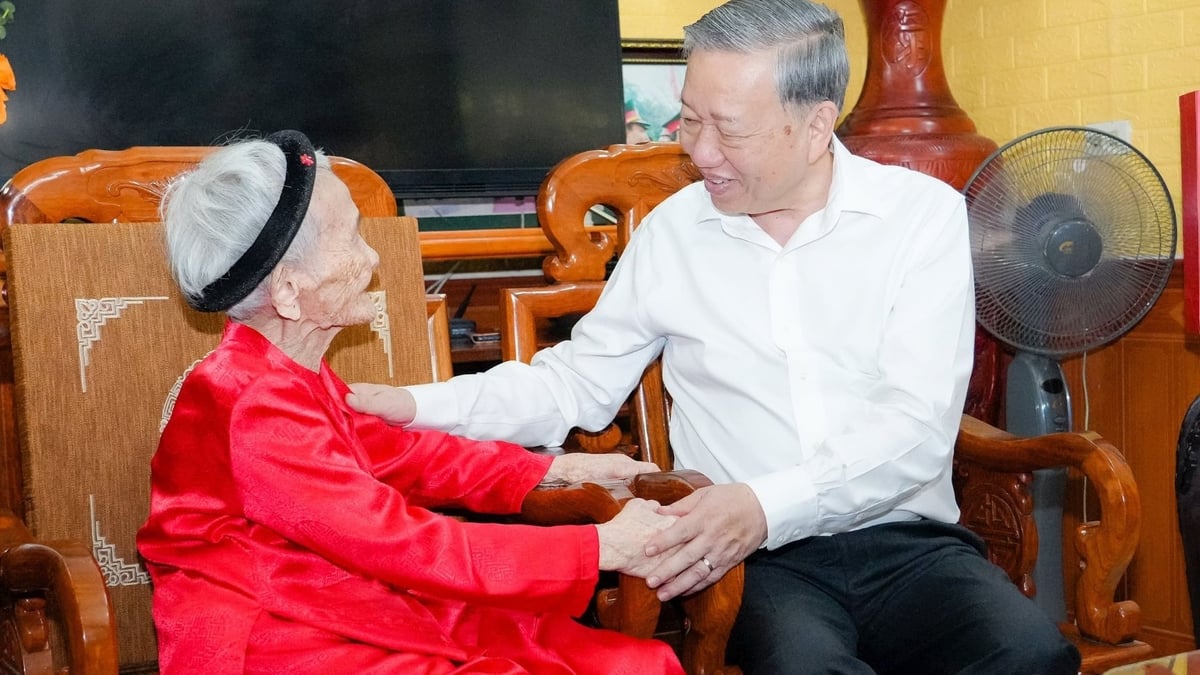
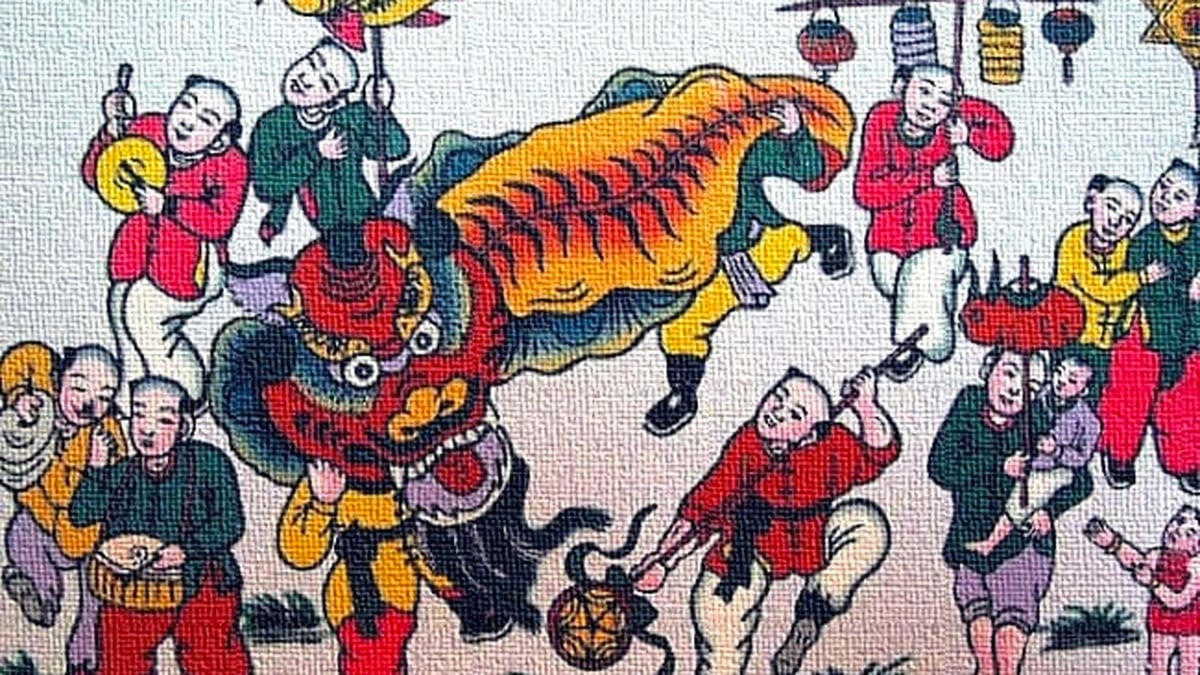
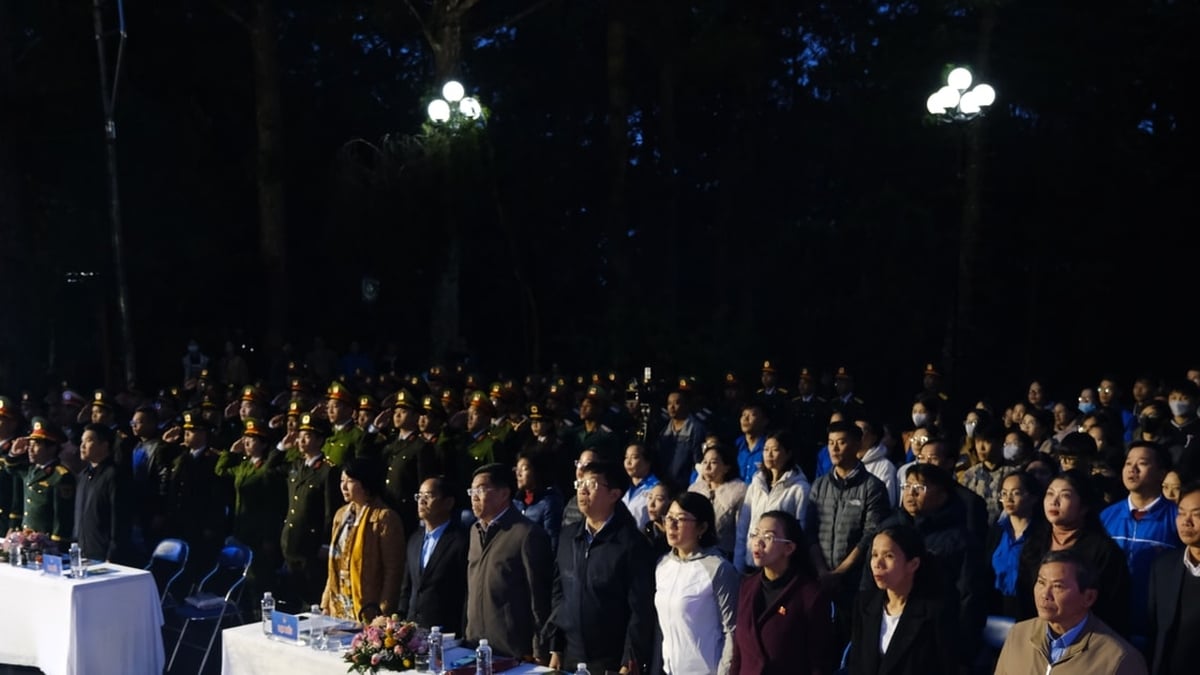


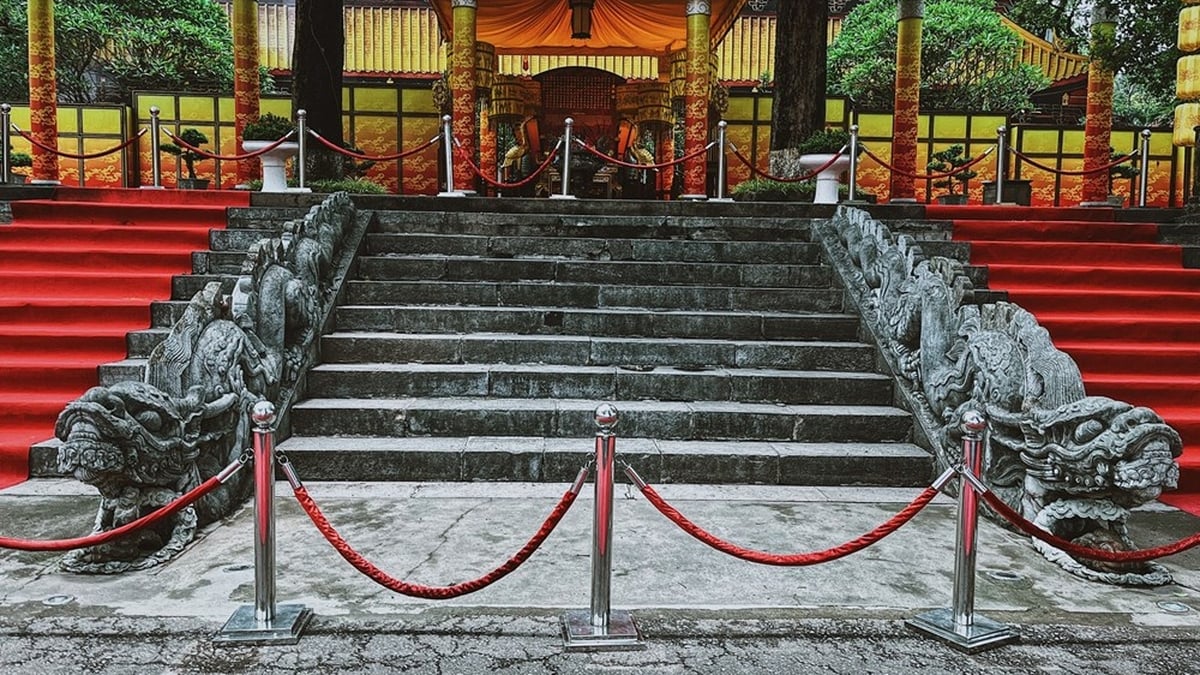


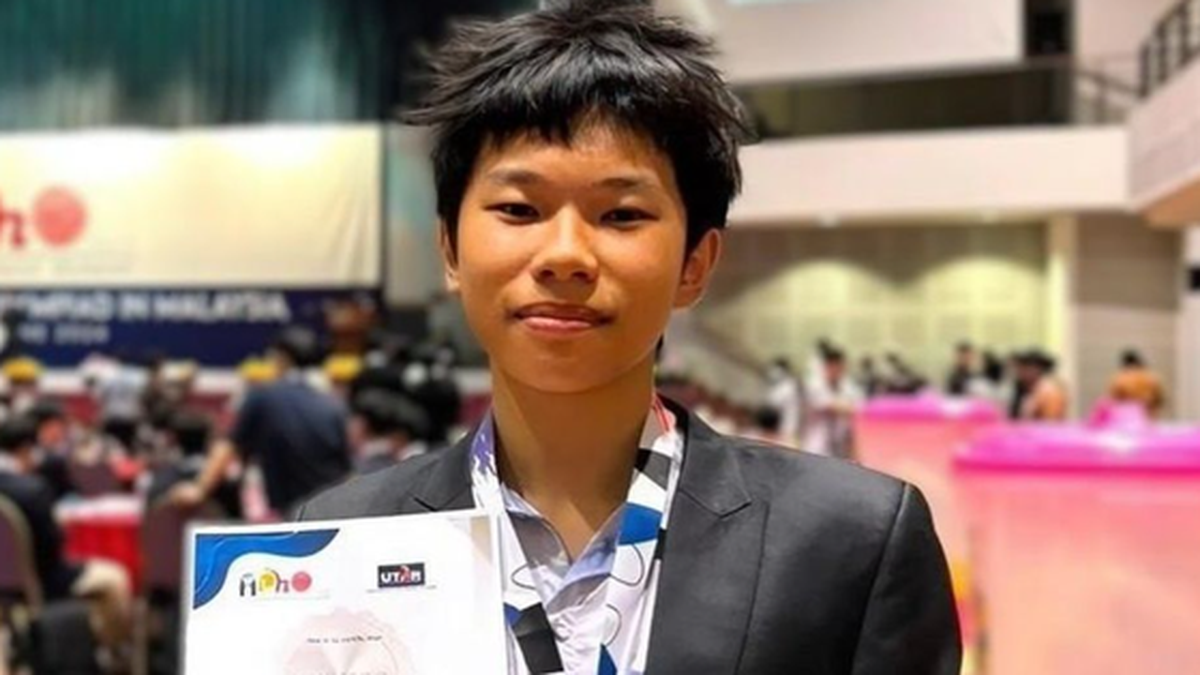
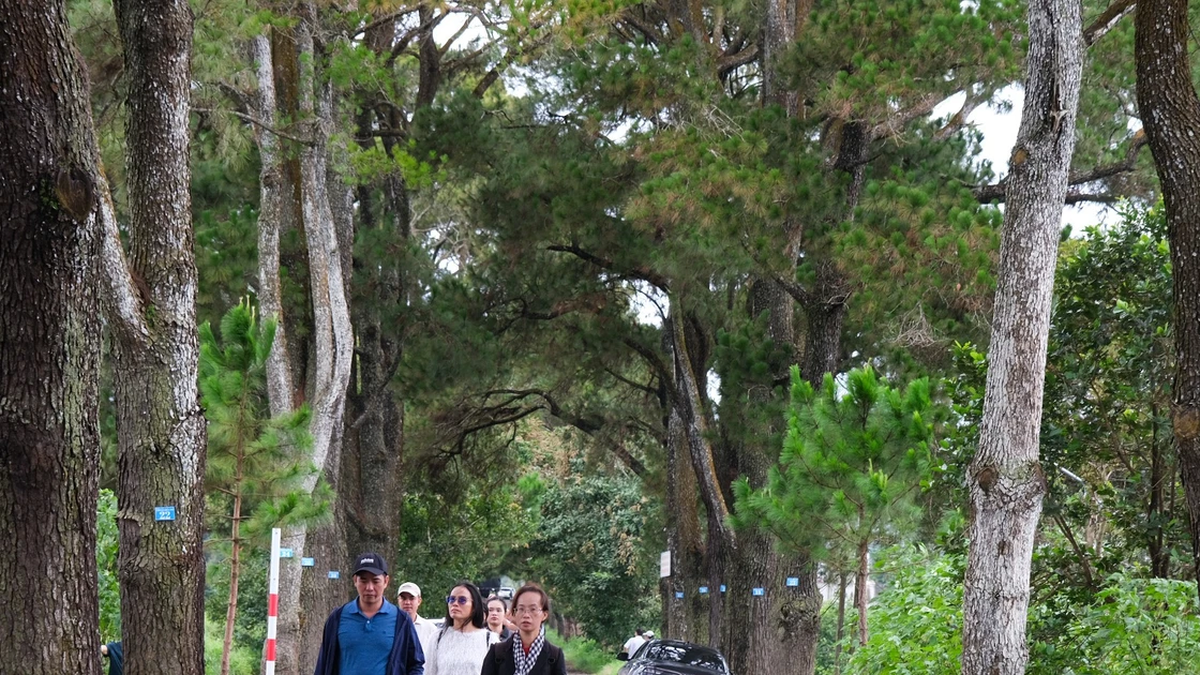














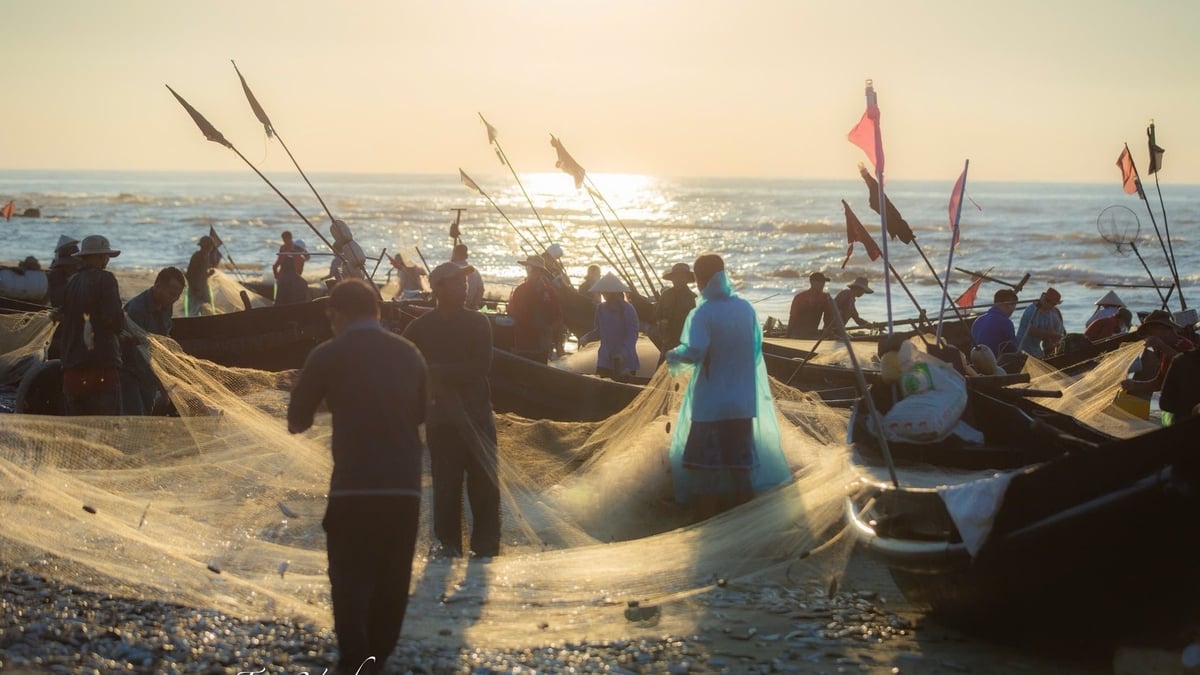
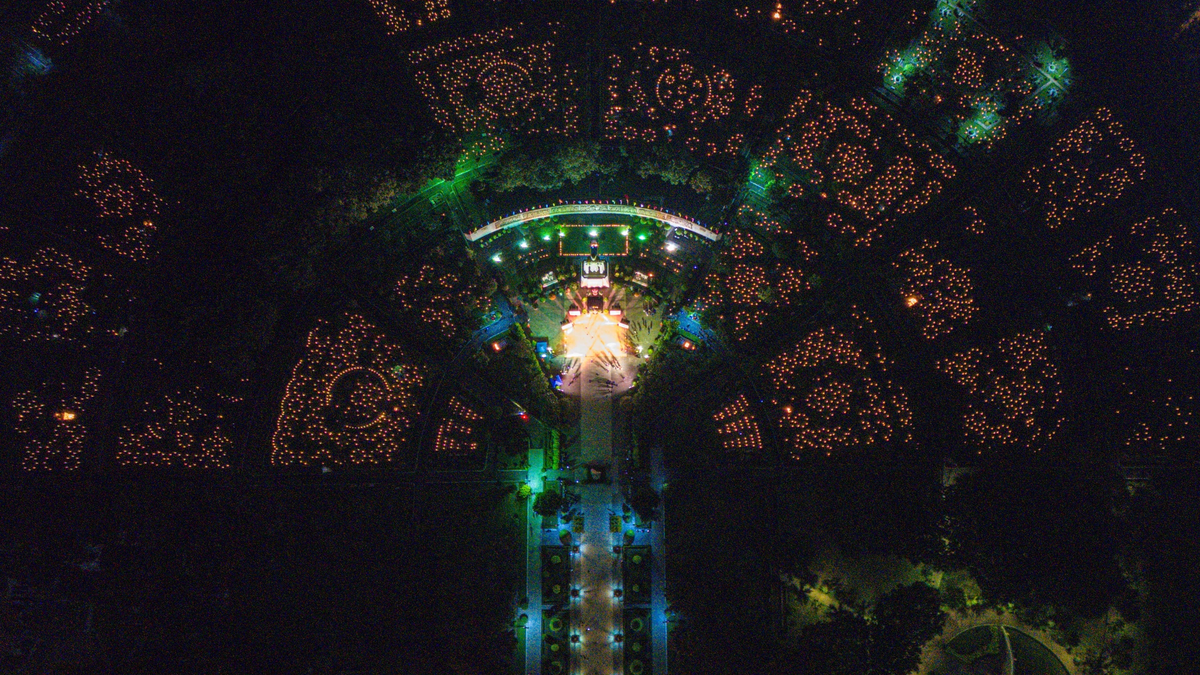
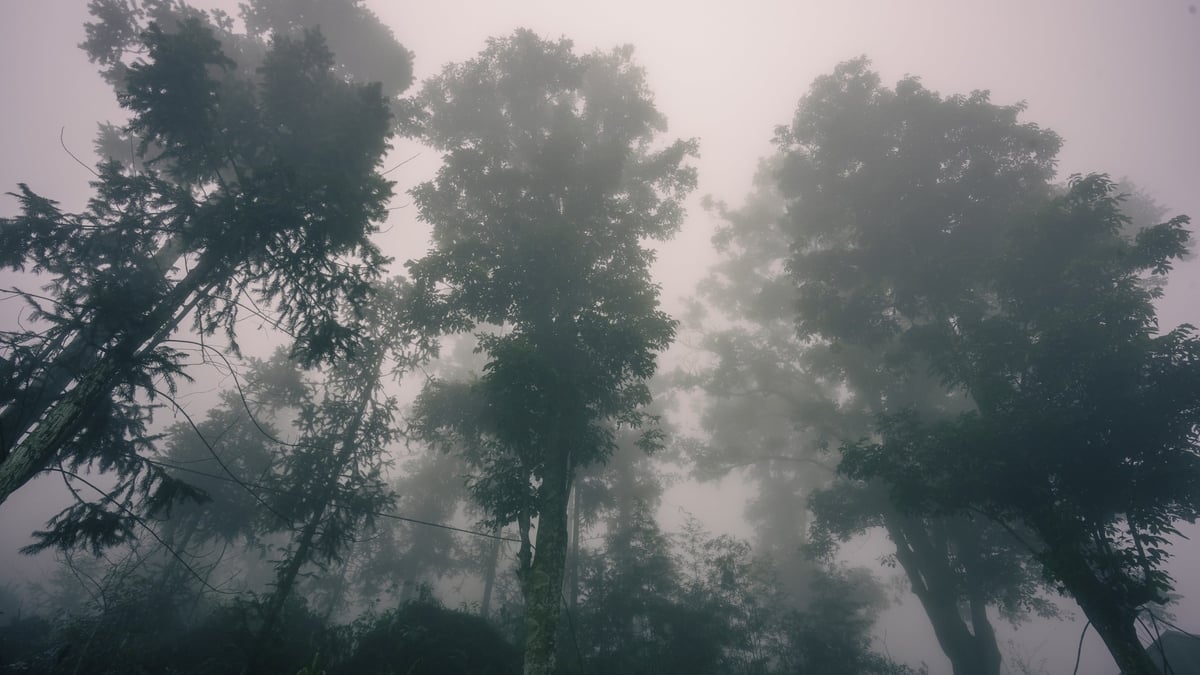

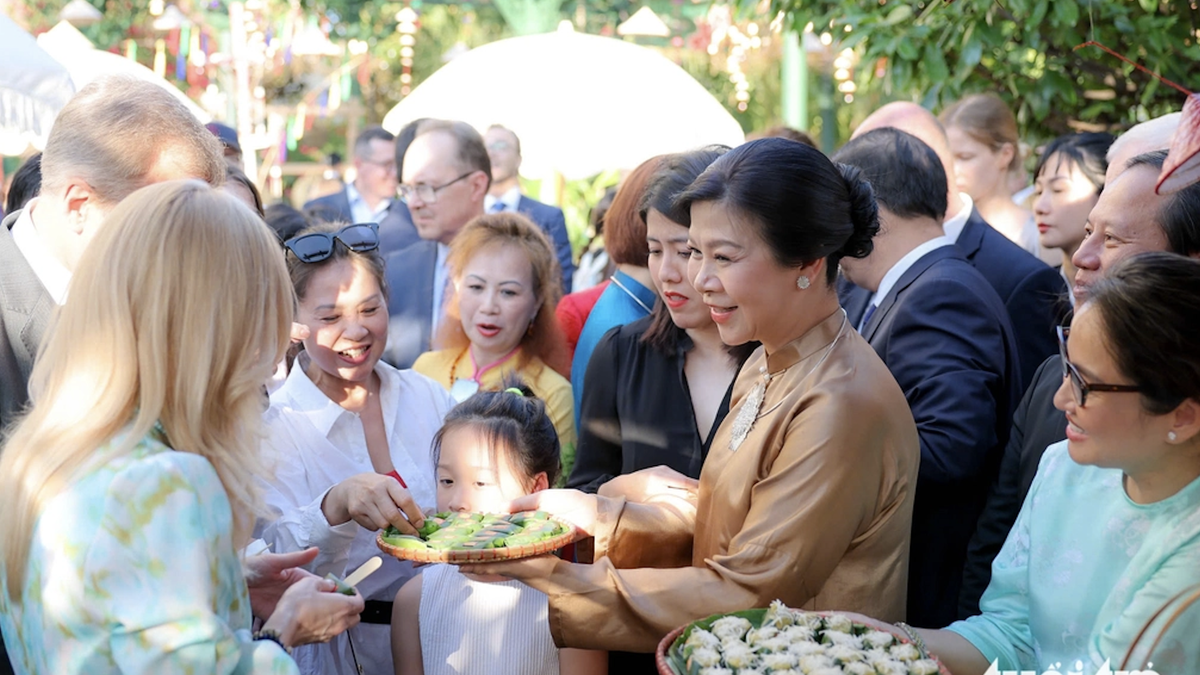
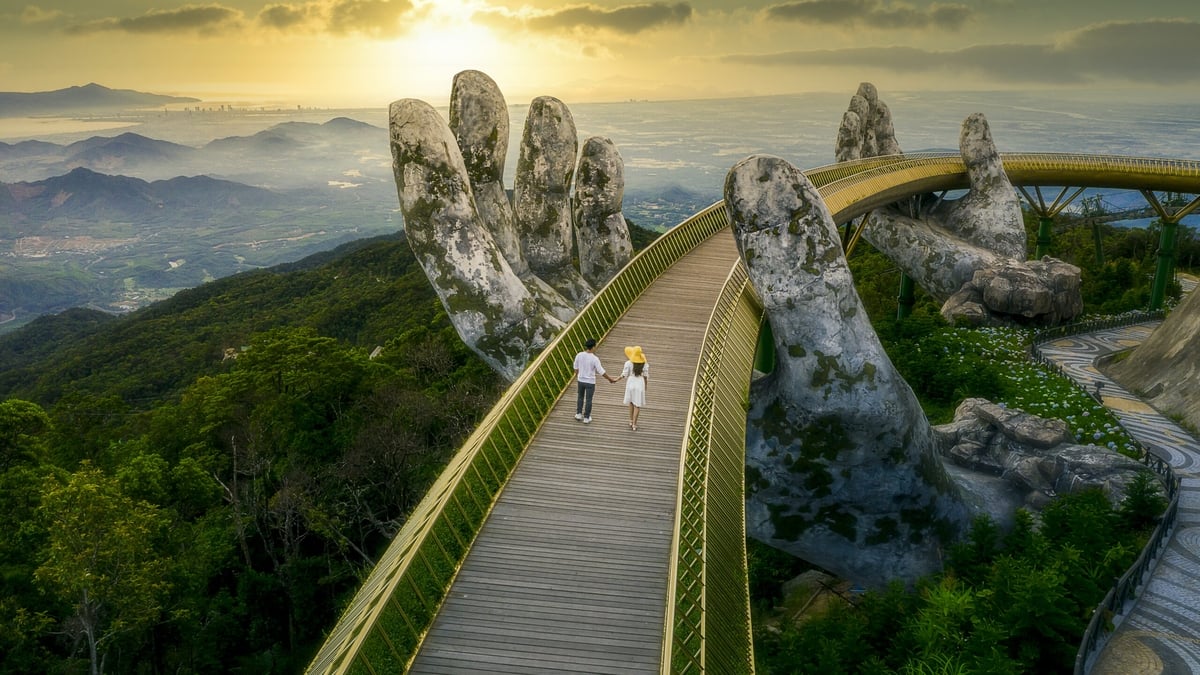








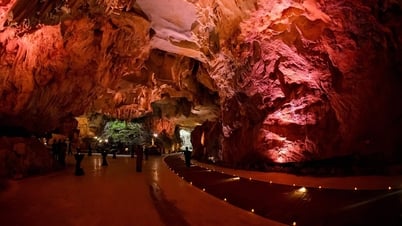
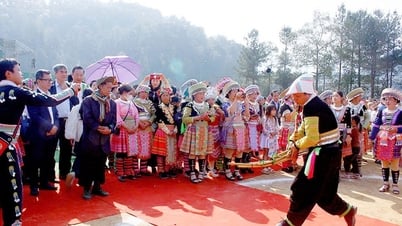



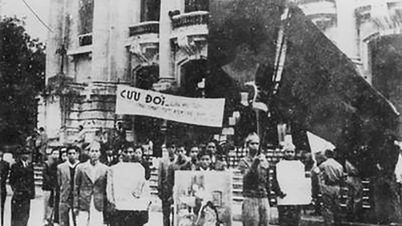





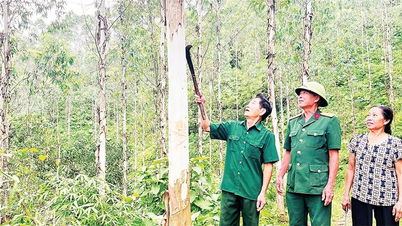



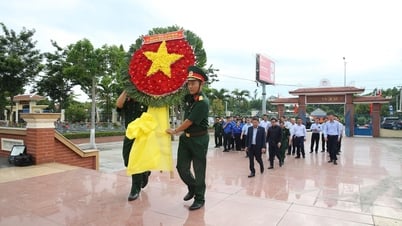












![[Photo] National Assembly Chairman Tran Thanh Man receives Chairman of Morocco-Vietnam Friendship Association](https://vphoto.vietnam.vn/thumb/402x226/vietnam/resource/IMAGE/2025/7/26/b5fb486562044db9a5e95efb6dc6a263)


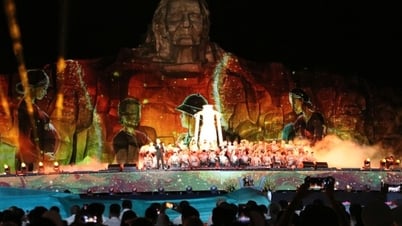



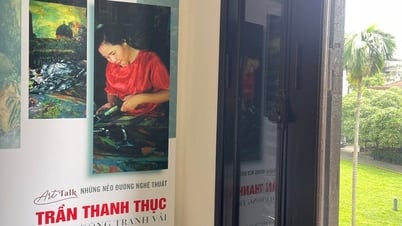
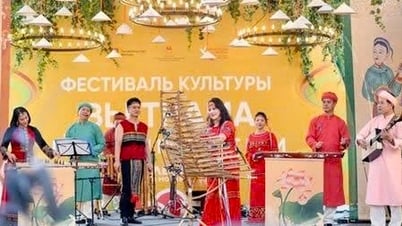























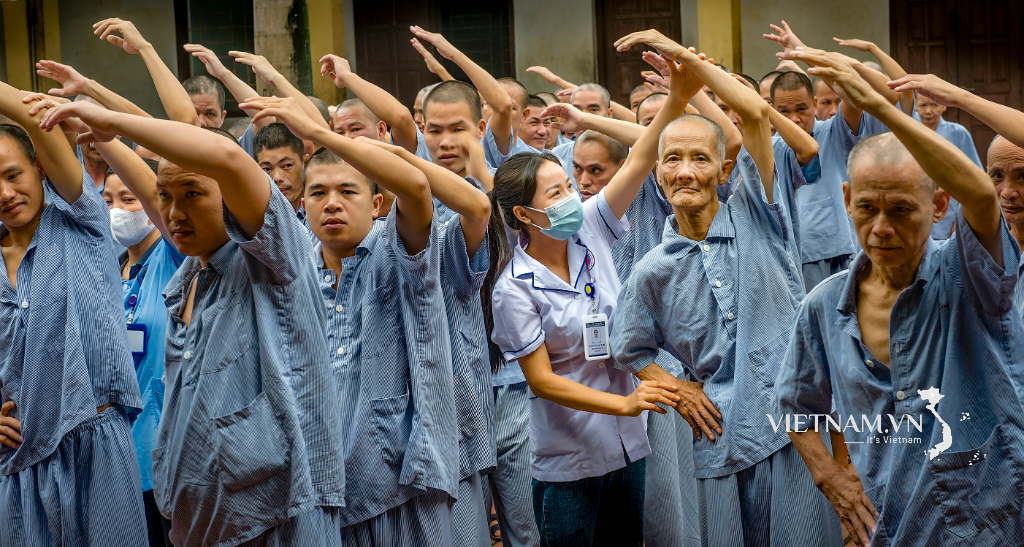
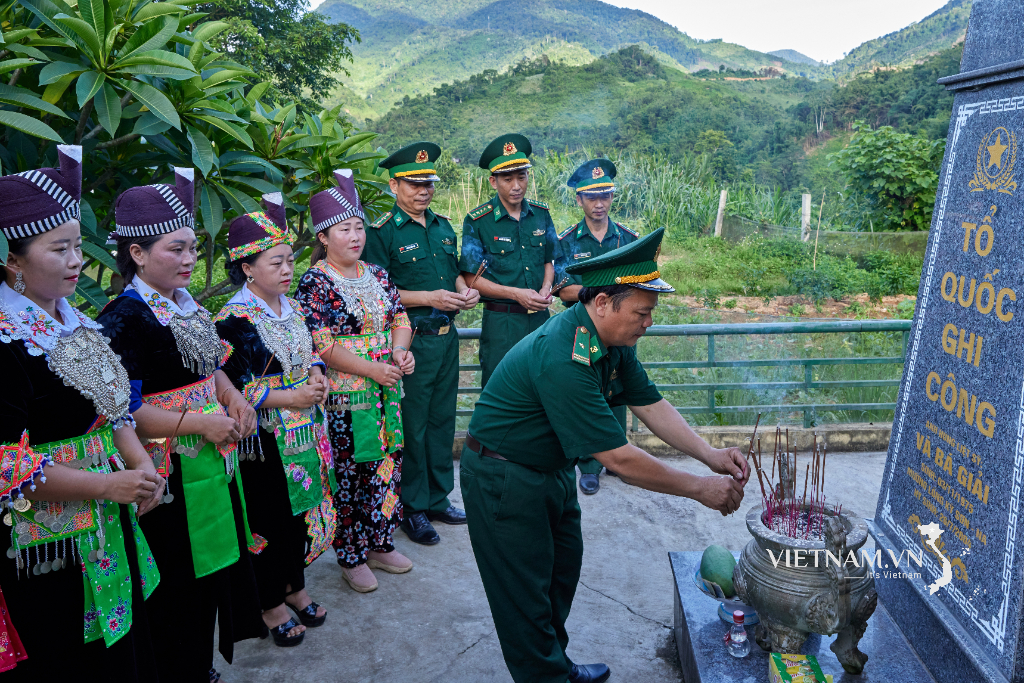
Comment (0)